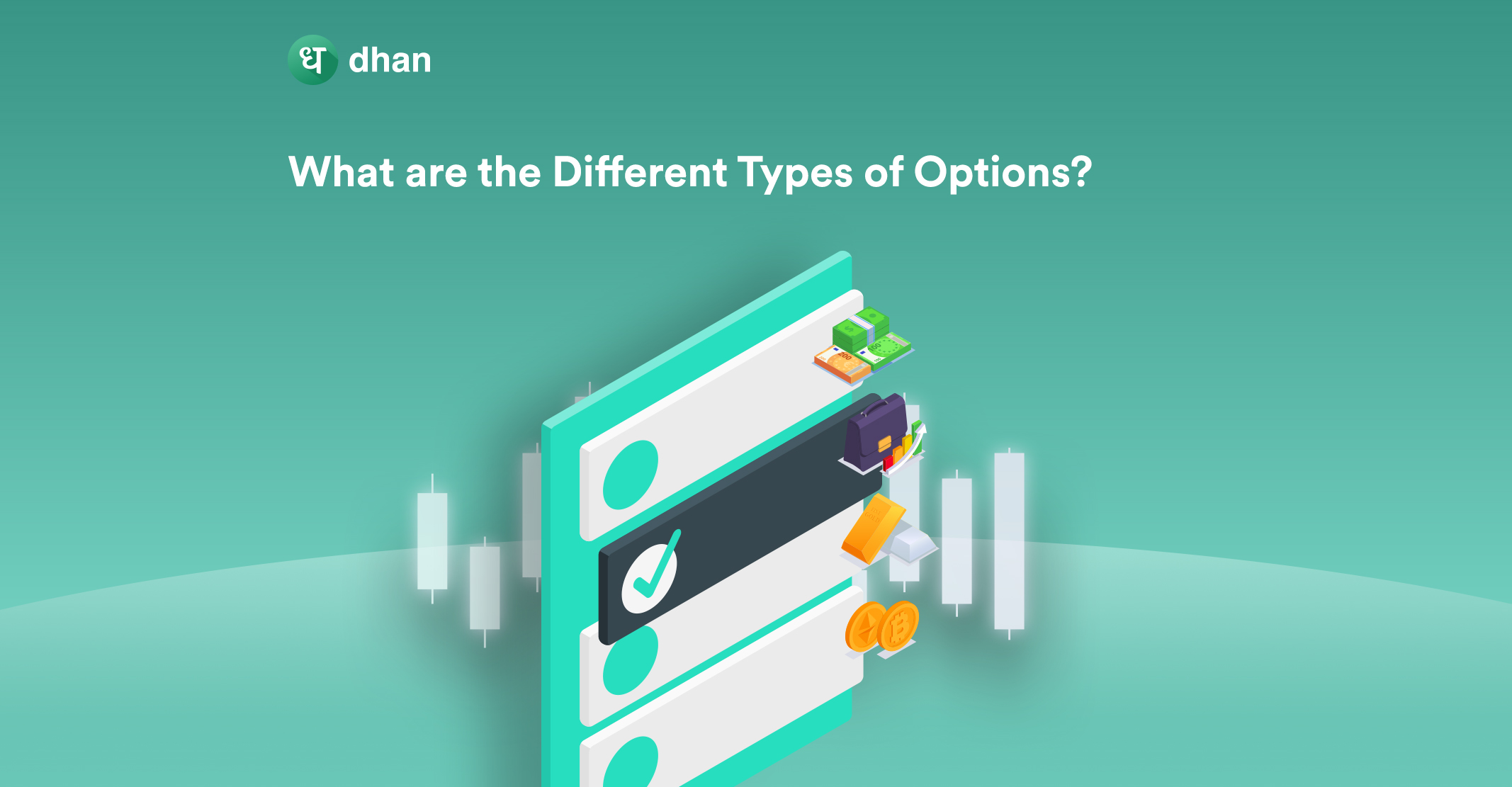NIFTY 50 is the benchmark index of the Indian stock market, a weighted average of the top 50 companies by market capitalization. That means if you are trading online in Nifty Futures, you are trading in the top 50 companies of India.
The minimum lot size of Nifty is 50, i.e. if you trade in a Nifty futures contract, one lot will give you 50 units, which makes the total value of Rs. 8,89,000 (Nifty CMP Rs. 17,780 x 50). However, one should keep in mind a few points before trading Nifty Futures.
Things To Remember When Trading Nifty Futures
These pointers will help you understand what seasoned Nifty futures traders do when trading online. Each pointer is meant to be practical, starting with what a leveraged position means.
1. Leveraged Position
A leveraged Nifty futures position will allow a trader to take a position which has a greater Rupee value than the margin they have. For example, if you buy one lot in Nifty futures, you will need a margin of Rs. 1,10,000, approximately 12% of the total value of one contract (Rs. 1,10,000/Rs. 8,89,000).
Thus, you are 8 times leveraged. Hence, if you make profits it can be multifold, but so can the losses, which can wipe out your entire capital. Here’s how futures traders can get leverage using share pledge:
2. Check Open Interest
The open interest will tell you the number of active futures contracts for Nifty. It is essential to check open interest data because it can tell you:
- If the stock price rises along with a rise in open interest and volume, it is on a bullish trend
- If the stock price falls along with a rise in open interest and volume, it is on a bearish trend
- If the stock price rises along with a decrease in open interest and volume, it is moderately bearish
- If the stock price falls along with a decrease in open interest and volume, it is relatively bullish
Want to test out the open interest for various stock futures? Tap here.
3. Avoid Liquidity Trap
Even though Nifty futures are one of the most liquid contracts, taking positions in contracts in the coming expiries might result in a liquidity trap. Moreover, since online traders roll over their positions on expiry days, liquidity in the current expiry might be low. Hence, check the spreads before trading online.
4. Margin Risk
As per SEBI guidelines, there are a lot of margin implications while trading in the futures and options segment. While initiating a trade, you have to deposit an initial margin, which includes VAR and ELM. Also, after every trading session, you have to clear your mark to market margins (MTM). In case you fail to adhere to the margin rules, there can be huge penalties.
5. Overnight Risk
Stop losses are a must while online trading in the futures segment. However, there are no stop losses for overnight positions. If the market opens a gap up/gap down against your work, it might lead to huge losses. So, it is useful to hedge overnight positions with options.
6. Counterparty Risk
A futures trader might have his perspective while taking a position, but he should understand that with every position he takes in Nifty futures, there is a counterparty selling it. While it may be easy to understand the market movement based on open interest data, one must also keep in mind the insights that a counterparty might have while taking a position opposite yours.
7. The Cost of Futures
Firstly, if you hold Nifty futures you will not get dividends. However, dividend declarations often lead to arbitrage opportunities because the price of the underlying stock and thus the futures contract changes.
Secondly, always account for brokerage and other associated costs. Lastly, you have to bear the taxes. Hence, it’s useful to not trade aggressively that your brokerage and taxes eat up all your profits.
Conclusion
Nifty futures trading was introduced in India in 2000 by NSE. The derivatives market has grown a lot since then. These days, you’ll have to keep various things in your mind before entering into a Nifty futures contract. The pointers above can be a good start.
Disclaimer: This blog is not to be construed as investment advice. Trading and investing in the securities market carries risk. Please do your own due diligence or consult a trained financial professional before investing.



